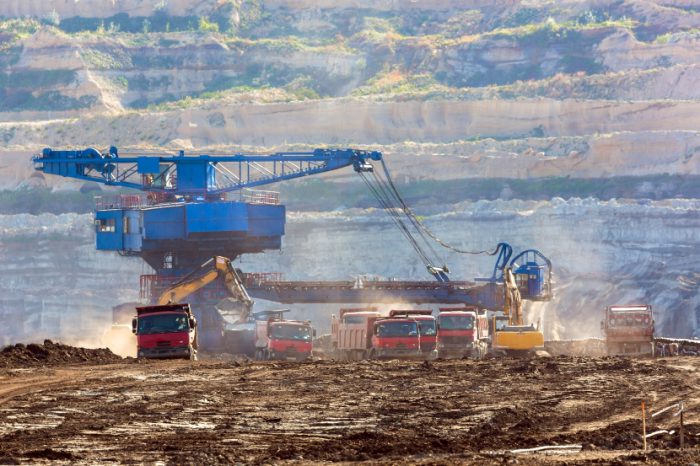Matt Montalbano, Zondits guest, 4/7/2023
Coal ash landfills are known sources of groundwater pollution, and the pollutants involved include arsenic, cadmium, chromium, lead, and lithium. A loophole in EPA regulations has allowed hundreds of existing coal ash landfills to be operated without the safeguards required of new landfills. Thanks to concerned citizens, that may soon change.
The U.S. Environmental Protection Agency (EPA) reached a court settlement in February with multiple environmental groups in Illinois, Indiana, California, Tennessee, and Washington D.C. The settlement is expected to lead to the EPA imposing regulations on hundreds of coal ash sites nationwide that have escaped enforcement from existing federal coal ash rules. “We’re not calling it a win, but they’re telling us they’ll consider closing the loophole,” said Susan Thomas, press, policy, and legislation director for Transition Northwest Indiana.
Coal ash is a toxic byproduct produced by burning coal for electricity generation and is most often stored on or near the power plant site. Such sites necessarily include the bodies of water needed for cooling the plants. Multiple studies have shown that heavy metals contained in coal ash frequently leach or spill into groundwater, lakes, and rivers. And demographic studies show that both power plants and their associated ash landfills are disproportionally located near disadvantaged and minority communities.
Coal ash repositories, often referred to as ash ponds, can be lined or unlined. Lined ponds use a physical barrier to separate the coal ash from the surrounding environment and protect against erosion caused by rainfall and flooding. Historically, ponds were not required to be lined and therefore, across the U.S., coal ash is stored in many unlined ponds. “Before there were any regulations whatsoever for this stuff, they just kind of dumped it anywhere,” said Jenny Cassel, an attorney at Earthjustice. “Near the coal plants, particularly next to the rivers, they would just find depressions in the ground or dig them and throw coal ash in.”
In 2015, the EPA adopted federal coal ash rules requiring companies to monitor and remediate groundwater and develop closure plans for coal ash repositories. The rules also require unlined ponds to stop accepting new waste by April 2021, but hundreds of “legacy ash ponds,” which closed prior to the rules taking effect, are excluded from the regulation. In 2018, a federal appeals court ordered the EPA to add legacy ash ponds to the rules. But environmental groups have claimed there has been little attempt to date by the EPA to enforce that order and close the loophole.
Even if the loophole is closed, and every one of the 700 coal ash pond sites nationwide were to be monitored, internal industry data suggests that even closed ponds present environmental risks, as most companies would opt to “cap-in-place” the unlined ponds. “One of the worst waste disposal scenarios you can imagine is to leave coal ash in the floodplain in contact with groundwater,” said Indra Frank, health and water policy director for the Hoosier Environmental Council. “And that’s what Indiana has right now; we’ve got a lot of that.” Alternatively, the federal rules would require a more costly process of excavating the coal ash and disposing of it in a lined landfill.
In recent years, some industry insiders have been calling for increased recycling of coal ash, promoting the reduced risks of water contamination from stored repositories and preserving profitability. Coal ash is a crucial ingredient in making concrete and is also used in road building. While energy providers spend billions of dollars to dispose of unwanted coal ash, some types of coal ash are actually imported from abroad to serve industrial needs.
Improved recycling of coal ash could provide power companies with the financial incentive to remove coal ash from unlined ponds lowering the risk to groundwater and local communities. With coal-fired power plants nationwide scheduled to shut down over the next few years, the EPA is currently charged with overseeing the closure of 160 ash ponds. Closing the loophole for existing ash ponds will help ensure that these stranded assets are not left to endanger neighboring communities.
Read more:
- Energy News Network article: Lawsuit: Unregulated coal ash poses a buried, brewing threat to Lake Michigan and beyond
- Energy News Network article: Cracking down on coal ash: Tough talk and tough choices
- E&E News Greenwire article: Leaked list: EPA eyes closure plans for 160 coal ash ponds
- Energy News Network article: EPA coal ash settlement raises hopes for cleanup along Lake Michigan and beyond
